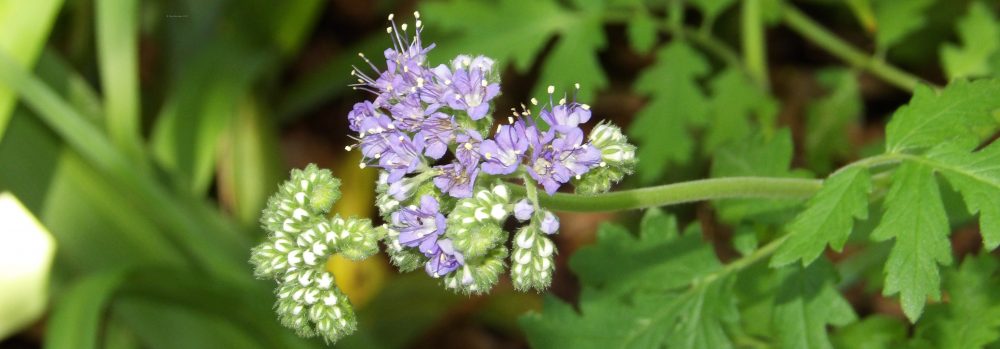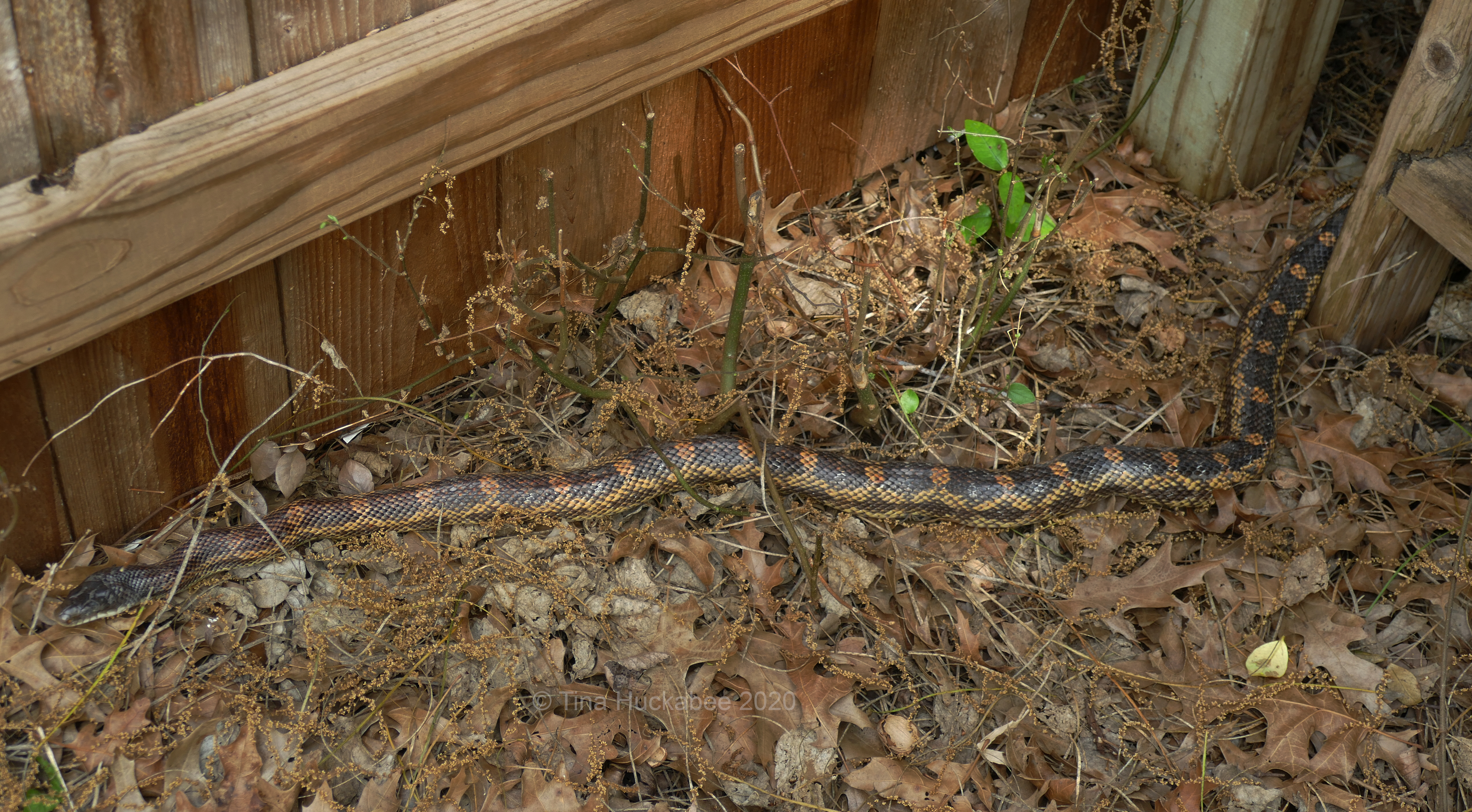My little female cat, Astrud, stays mostly indoors. However, she enjoys brief early morning tours of the garden and relishes her garden nightcaps after sundown. I oblige her, especially with the evening forays, as the birds are done for the day, nestled in the trees and safe from cat eyes, teeth, and claws. Astrud hasn’t exhibited much interest in nocturnal critters. She watches the various moths and June bugs, wielding an occasional, lazy swat, but rarely acts upon any instinct to kill and eat. As for the toads, she looks at them from a respectful distance and with slight disgust; she has no interest in tangling with their warty hives. However, Astrud has, once or twice, dismembered and partly devoured geckos. I grieve at that bit of predator business, because I’m fond of geckos and like to see them whole and not scattered in bits and pieces. But this time of year, there is little in the way of prey that she wants to dismantle. She spends her evenings sprawled on the driveway, adjacent to the front garden, acting as guard cat, until she’s called in for the night.
Recently, well before her time to come in for the night, I was surprised to hear her collar bell jingle near the back door. I flipped on the patio light and saw what Astrud was interested in and jingling about.
It was a gaggle of reptiles! Or maybe it would be called an assemblage of reptiles? Or troupe of reptiles? I’m not really sure, especially since only one of the reptiles is actually a reptile. A baby Texas Rat Snake, Elaphe obsoleta lindheimeri, had joined in a reptilian huddle on the back patio. Its cohorts were inanimate reptiles, both made of metal and which once belonged to my late father-in-law: one represents a turtle and the second, Texas Horned Lizard.
Not too many weeks before this, I’d seen an adult Texas Rat Snake at my pond, which you can read about here. Is this little one an offspring of that big adult? Are there more of these slithery beauties around? No doubt there are more, though not necessarily in my garden; like all critters, rat snakes move in where the food sources are plentiful and they have plenty to eat around here: insects of all sorts, birds (especially baby birds), rodents of all sizes, and anything else smaller than themselves. It is odd for me to see two rat snakes within a few weeks of one another, but it’s been a banner year for reptiles in my garden.
I think the baby Rat Snake was annoyed and not with its companions or Astrud, but with the clumsy, noisy (and nosy) humans. We took photos from different angles and strategized about how to encourage the snake to vacate the patio and enter the garden. After some deliberation and a squeal by yours truly (I was going to pick up the snake, but didn’t…), The Hub and I herded slinky to the garden, where it was, I’m sure, glad to be rid of us.
I don’t know if the snake has returned to visit its kin, but I’m certain it’s still around and that we’ll cross paths again, perhaps when it’s grown a bit.
The turtle and the horned lizard remain at their posts: protectors of the patio, keepers of the container plants.








